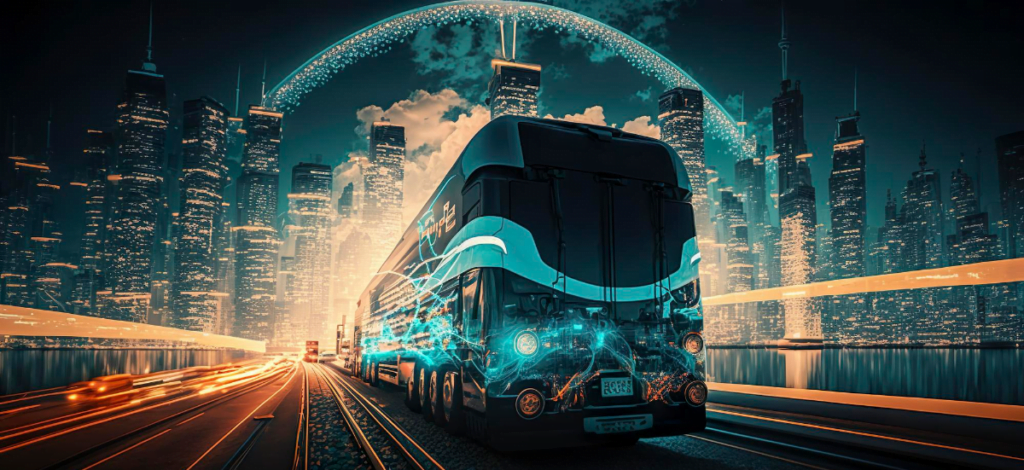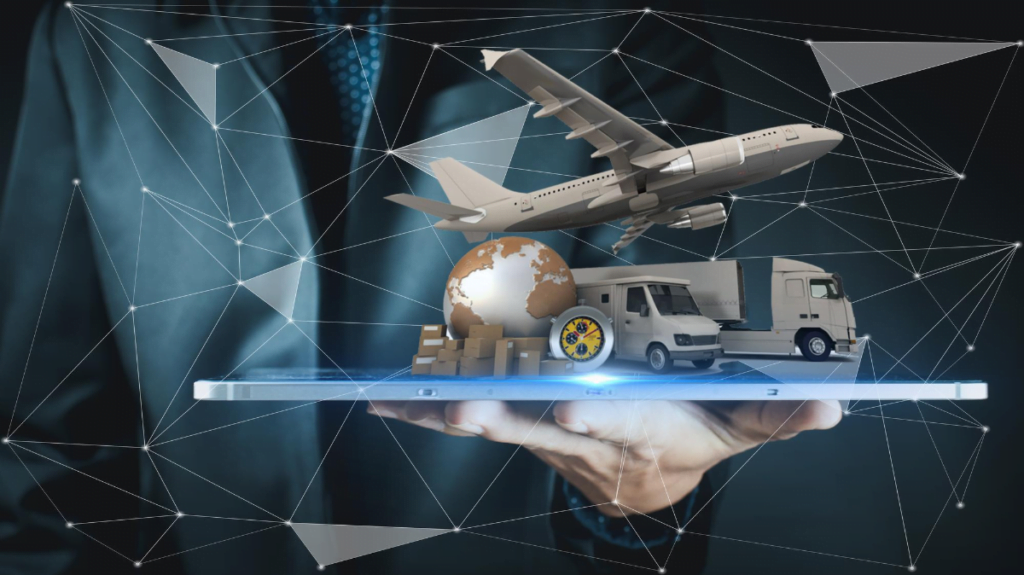Artificial Intelligence (AI), defined as the simulation of human intelligence by machines, has become an integral part of modern transportation technology. From self-driving cars to intelligent traffic management, AI is changing the way we move. This article explores how AI is transforming the transportation industry, offering insights into current applications and future prospects.
Transportation technology has evolved significantly over the centuries, from horse-drawn carriages to modern electric vehicles. The introduction of AI in transportation began in the late 20th century, with milestones such as the development of autonomous vehicles and intelligent traffic systems marking key advancements.
AI in Road Transportation

Autonomous Vehicles
Self-driving cars utilize AI algorithms to navigate, make decisions, and operate without human intervention. These vehicles offer potential benefits such as increased safety and efficiency but also pose challenges related to regulation and public acceptance. Companies like Tesla and Waymo are leading the way, with more advancements expected in the coming years.
Traffic Management
AI-powered traffic management systems analyze real-time data to predict and control traffic flow. These systems can reduce congestion, improve urban planning, and enhance overall transportation efficiency. Cities like Los Angeles and Singapore have successfully implemented such solutions.
AI in Public Transportation

Smart Transit Systems
AI is being used to optimize public transit systems, including buses, trains, and subways. By analyzing passenger data and traffic patterns, AI can enhance efficiency, reduce costs, and promote sustainability. Cities like London and Tokyo are embracing these technologies.
Passenger Experience
AI-driven personalized services are improving passenger experience by offering tailored travel recommendations and accessibility features. These innovations are making public transportation more convenient and user-friendly.
AI in Air and Maritime Transportation

Aviation
In aviation, AI is used for flight operations, maintenance, and passenger services. It enhances safety, efficiency, and compliance with regulatory standards. Airlines and aviation authorities are actively exploring these applications.
Maritime
Autonomous shipping and AI-powered port operations are transforming maritime transportation. These innovations are improving efficiency, reducing costs, and addressing environmental concerns.
Ethical and Regulatory Considerations
AI in transportation raises important ethical and regulatory considerations. Data privacy, security, and compliance with existing standards must be addressed. Ethical considerations, such as potential biases in AI algorithms, also require careful examination.
Future Prospects and Challenges
The future of AI in transportation is promising, with emerging technologies and innovations on the horizon. However, challenges related to employment, economic impact, and environmental sustainability must be considered. Collaborative efforts between industry, government, and academia are essential to realize the full potential of AI in transportation.
Conclusion
AI is reshaping the transportation industry, offering new possibilities and efficiencies across various modes of travel. From road to air and maritime transportation, AI’s influence is profound and growing. As we look to the future, the careful integration of AI, adherence to ethical principles, and consideration of societal impacts will be vital to harnessing the transformative power of AI in transportation.




